These 4 Strength Tests Reveal How Fit You Really Are
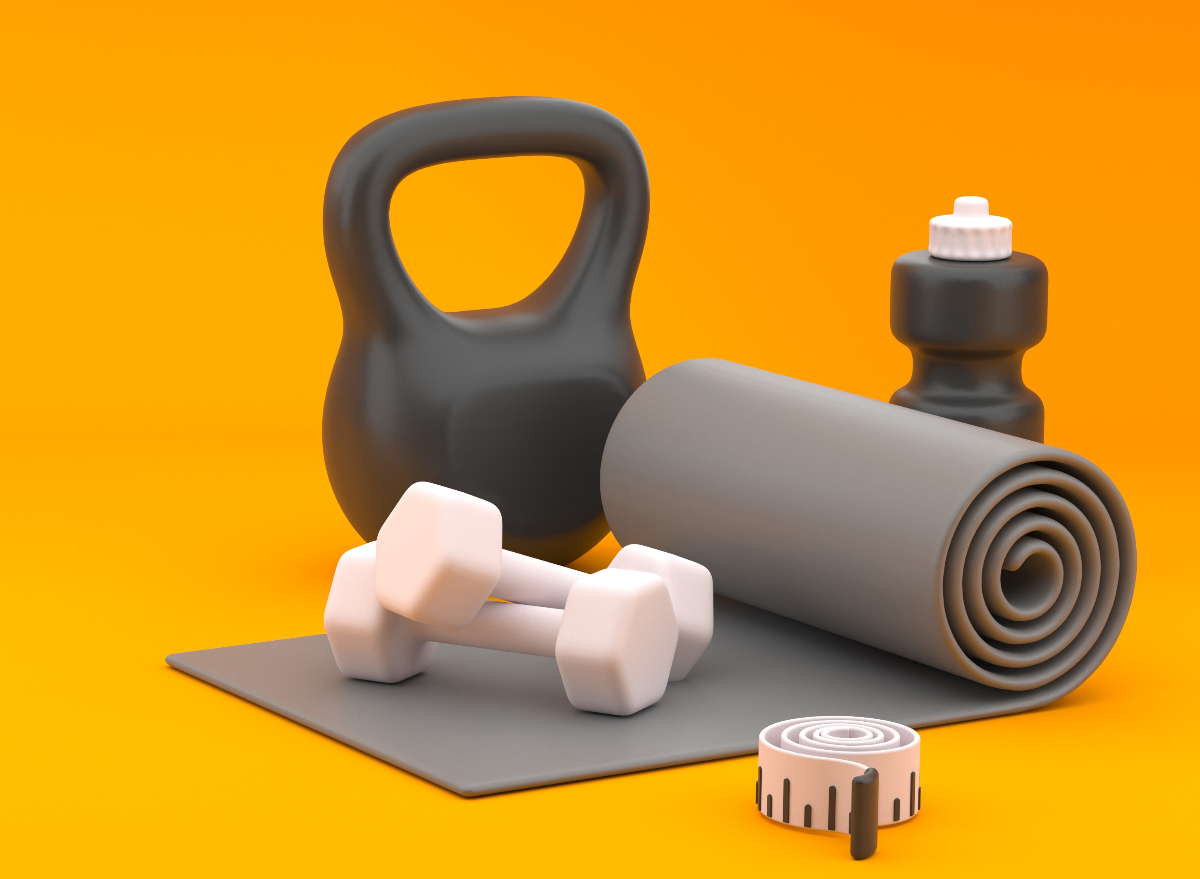
When clients ask me how fit they actually are, I always tell them to forget the number on the scale. True fitness comes from how you move, how strong you feel, and how well your body performs in real-world tasks. That's where strength tests come in. These aren't about maxing out on weights or comparing yourself to elite athletes. They're simple, no-equipment assessments anyone can do to check their functional strength, endurance, and body control.
I rely on these four tests to get a real picture of my client's physical condition. They reveal weaknesses, highlight imbalances, and shine a light on the areas you're already strong in. And the best part? You can do all of them at home in less than 20 minutes. You'll walk away with real insight into your body's capabilities and what you need to work on.
Each test targets a different area of strength: lower body, upper body, core, and total-body endurance. Together, they give you a well-rounded snapshot of your fitness level. Whether you're just starting your journey or you've been training for years, these tests can help you set smarter goals and track your progress in a meaningful way.
Wall Sit Test – Lower Body Strength and Endurance
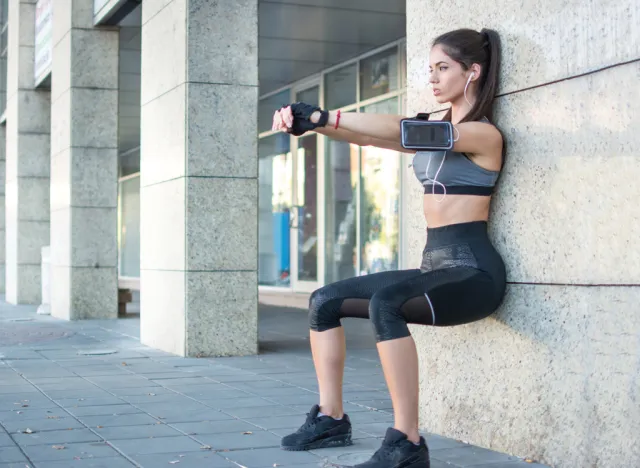
If you want a true test of grit and muscle endurance, the wall sit delivers. Don't let the lack of movement fool you, the static hold of a wall sit assesses how strong and conditioned your quads, glutes, and hamstrings really are. It demands sustained effort, tests your ability to manage discomfort, and highlights how well your lower body supports your weight in a controlled position.
How to do it:
- Stand with your back flat against a wall and feet about 2 feet away, shoulder-width apart.
- Slide down until your knees form a 90-degree angle.
- Keep your back flat, core engaged, and arms relaxed at your sides or crossed over your chest.
- Hold as long as possible without shifting, rising, or collapsing.
What to aim for:
- Under 30 seconds: Needs improvement
- 30–60 seconds: Average
- 60–90 seconds: Good
- 90+ seconds: Excellent
Push-Up Test – Upper Body Strength
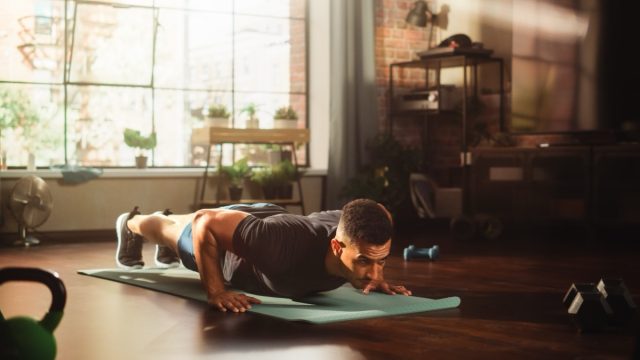
If you want to test your real-world upper body strength, skip the machines and drop to the floor. Push-ups are a timeless bodyweight test that challenges multiple major muscle groups at once, your chest, shoulders, triceps, and core all have to work in perfect harmony. Push-ups not only assess strength but to evaluate form, control, and endurance. They're a raw, honest indicator of how well your body performs under its own weight.
How to do it:
- Start in a high plank with hands slightly wider than shoulder-width.
- Lower your chest toward the floor, keeping elbows at a 45-degree angle.
- Push back up, maintaining a straight line from head to heels.
- Count how many clean, controlled reps you can perform without rest.
- Modify with knee push-ups if needed. What matters most is form, not ego.
What to aim for:
- Under 10 reps: Needs work
- 10–20 reps: Average
- 20–30 reps: Strong
- 30+ reps: Excellent
Plank Hold – Core Stability and Endurance
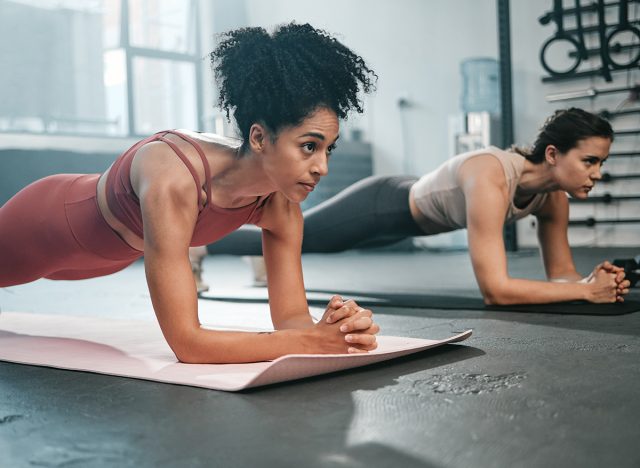
One of the best ways to gauge how strong of a core you have is the plank hold. Planks aren't just about sculpting abs, they're a real test of how well your body can stabilize itself under tension. The plank assesses core strength, endurance, posture control, and even mental focus. A strong core is essential for everything from standing tall to preventing injury, and how long you can hold a plank with proper form tells me a lot about your overall fitness.
How to do it:
- Get into a forearm plank position with elbows under shoulders.
- Keep your body in a straight line from head to heels.
- Engage your glutes and brace your core. Don't let your hips sag or rise.
- Hold for as long as possible with perfect form.
What to aim for:
- Under 30 seconds: Work on it
- 30–60 seconds: Getting stronger
- 60–90 seconds: Solid core strength
- 90+ seconds: Great endurance and control
Sit-to-Stand Test – Total-Body Functionality

The Sit-to-Stand Test may seem deceptively simple, but it's one of the most powerful indicators of your overall health and functional fitness. The Sit-to-Stand Test evaluates your ability to control your body through space, a skill that becomes even more important as you age. The test combines balance, flexibility, lower body strength, coordination, and core control into one straightforward movement. Research even links performance on the Sit-to-Stand Test to longevity, making it more than just a fitness checkpoint, it's a health predictor.
How to do it:
- Stand barefoot in a clear space.
- Lower yourself to a seated cross-legged position on the floor without using hands.
- Stand back up the same way, with no hand support.
- Deduct a point for each time you use a hand, knee, or lose balance.
Scoring:
- 8–10 points: Excellent mobility and control
- 6–7 points: Decent, but room for improvement
- Below 6: Focus on strength, mobility, and balance
What These Tests Tell You

Fitness is more than how fast you can run or how heavy you can lift. These tests reveal how well your body works. Can you hold your own weight? Do your muscles have endurance? Can you move through space with ease and control? These are the true signs of fitness, and they matter more as you age.
Try these four tests every few months to track your progress and set goals. Let the results guide your workouts, challenge your limits, and remind you that real strength is functional, sustainable, and always within your reach.
How to Improve Your Results
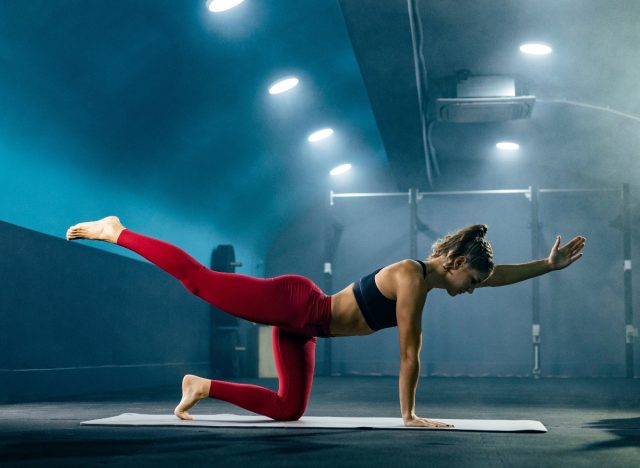
If your strength test results aren't quite where you want them to be, don't worry. No matter where your results are, improvement is absolutely within reach. The beauty of these tests is that these movements are effective workouts themselves. Maintain consistency, proper form, and a focus on gradual overload to progress over time.
You can also incorporate exercises that target the same muscles used in the tests. For example, bodyweight squats and lunges can boost your wall sit time, while push-ups and resistance band presses improve upper body strength. Planks and bird-dogs are excellent for core endurance, and daily mobility work will enhance your sit-to-stand score. Focus on doing 2–3 sets of each targeted move, 2–3 times per week.
As your strength and control improve, retest yourself every 4–6 weeks. Record your times and reps to track your progress and stay motivated. Make small, consistent upgrades to your training, add more time, more reps, or slight variations to keep challenging your muscles. Stay patient and persistent. Fitness is a journey, and these tests are a reliable compass to keep you moving in the right direction.









